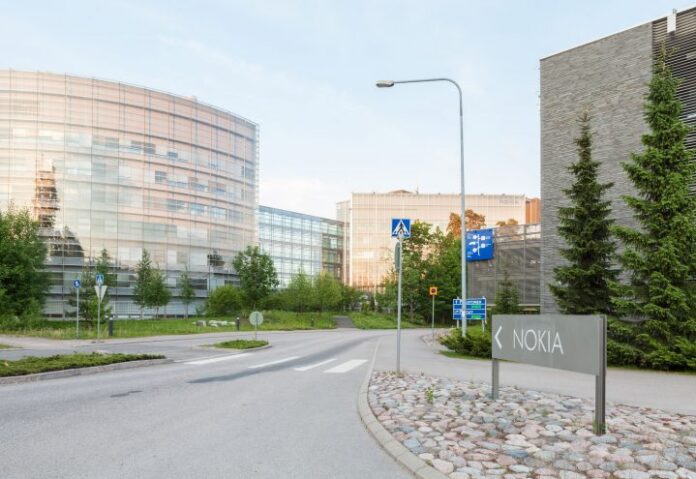Working with Nokia, StarHub will commercially launch the service by the end of 2016
Finnish vendor Nokia and Singapore telecom operator StarHub have achieved peak upload speed of 150 megabits per second over the operator’s 4G network during a trial using carrier aggregation technology and the 64 quadrature amplitude modulation technique.
Following the trial, StarHub will introduce the technology commercially in the Marina Bay and Orchard areas of Singapore by the end of this year.
Nokia and StarHub aggregated spectrum in the 1800 MHz and 2.6 GHz bands together with 64 QAM. Nokia carrier aggregation software was used to combine two blocks of 4G spectrum to double the upload speed.
“The ability to upload quickly is fast becoming a necessity for our mobile customers. In fact, we saw a close to 50% increase in upload traffic year-on-year, as customers increasingly share high-definition videos and photos instantly with the world,” StarHub’s CFO Mock Pak Lum said.
“Our technologies will enable the operator to improve the upload and download speeds of its 4G network even at peak traffic times to enrich the user experience,” Nicolas Bouverot, Nokia’s head of Asia South, said.
StarHub initially launched commercial LTE services in September 2012. The Asian telco currently provides 4G through spectrum in the 1800 MHz and 2.6 GHz bands. The telco provides mobile services through 2G, 3G and 4G networks as well as pay-TV and residential broadband services.
Nokia deploys Cloud Packet Core to upgrade Tele2’s network
In related news, Nokia announced it will provide its Cloud Packet Core solution to upgrade Swedish telco Tele2’s core network. The solution will be initially deployed in Croatia, followed by Sweden, the Baltic states, Austria, the Netherlands and Kazakhstan.
The solution consists of the Cloud Mobility Manager and Cloud Mobile Gateway running on an open OpenStack network functions virtualization infrastructure and bundled with Nokia’s professional services and expertise.
“Like all leading operators, Tele2 is building out its packet core network to address the growth of consumer mobile broadband and an evolution path to ‘5G.’ Nokia is a packet core innovator and our cloud-native solution will allow Tele2 to connect a greater number and variety of devices, and deliver a broader range of services,” Nokia’s president of IP/Optical Network, Basil Alwan, said.
Tele2 has 16 million customers in nine countries. Tele2 offers mobile services, fixed broadband and telephony, data network services, content services and global machine-to-machine/”internet of things” solutions.

